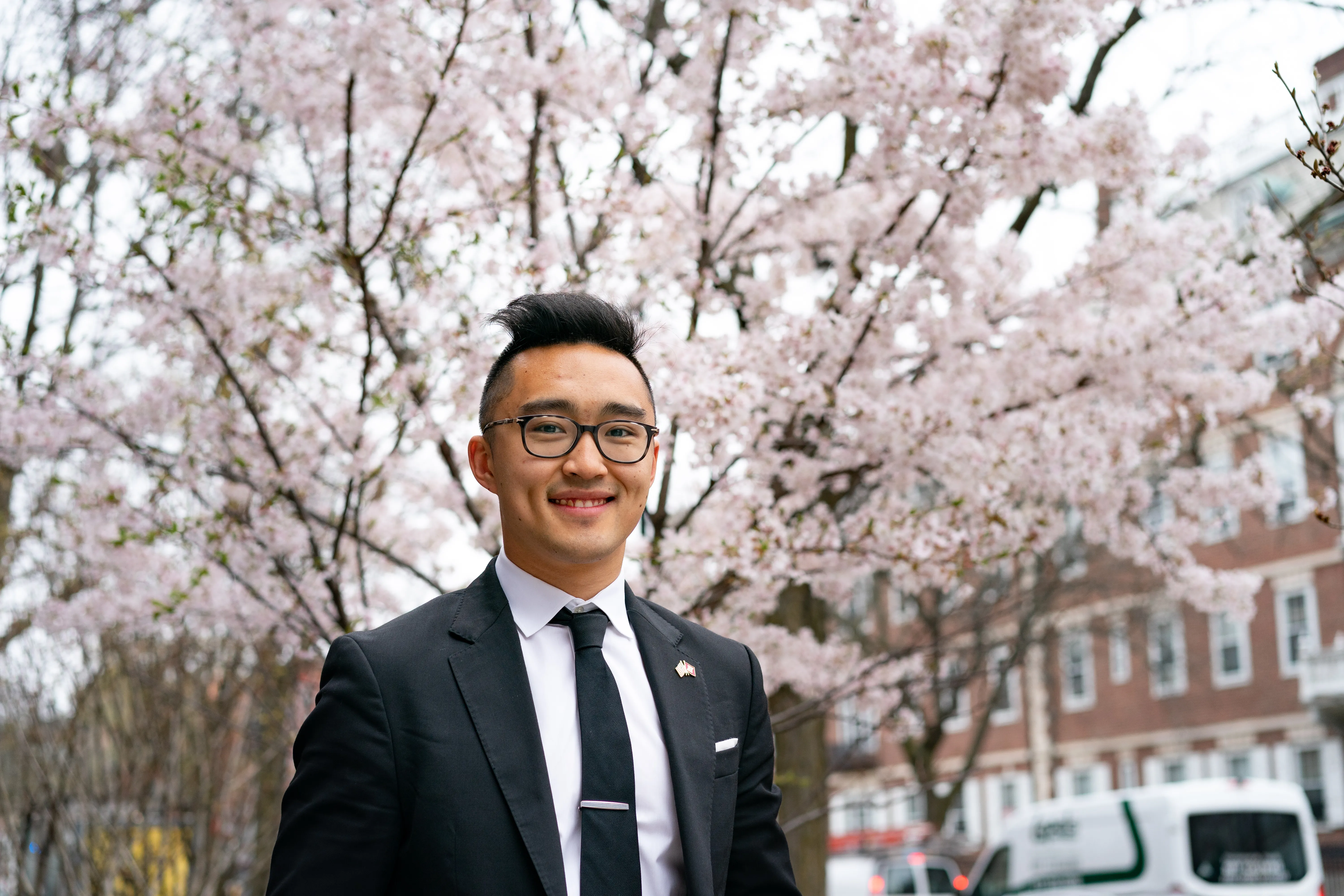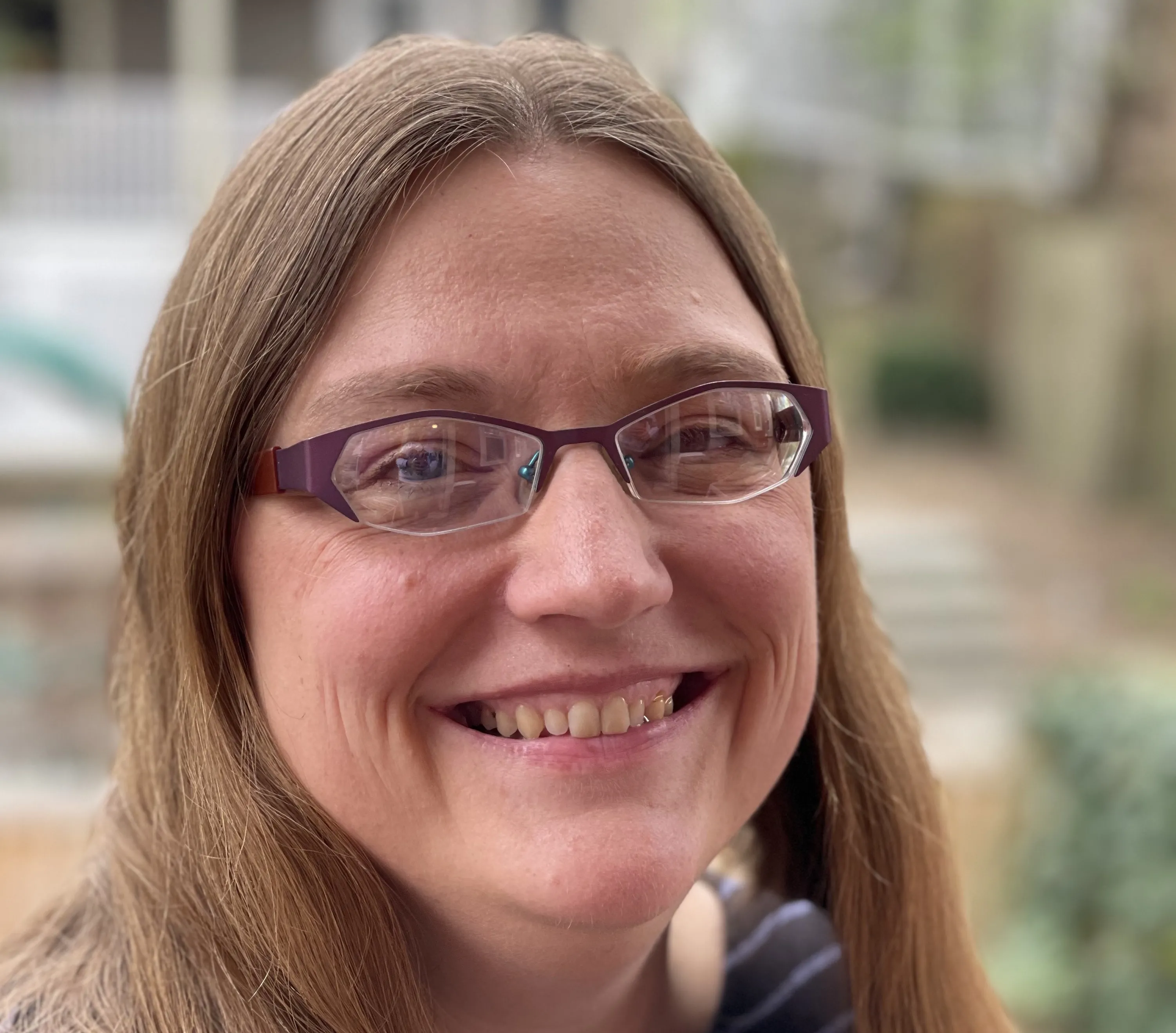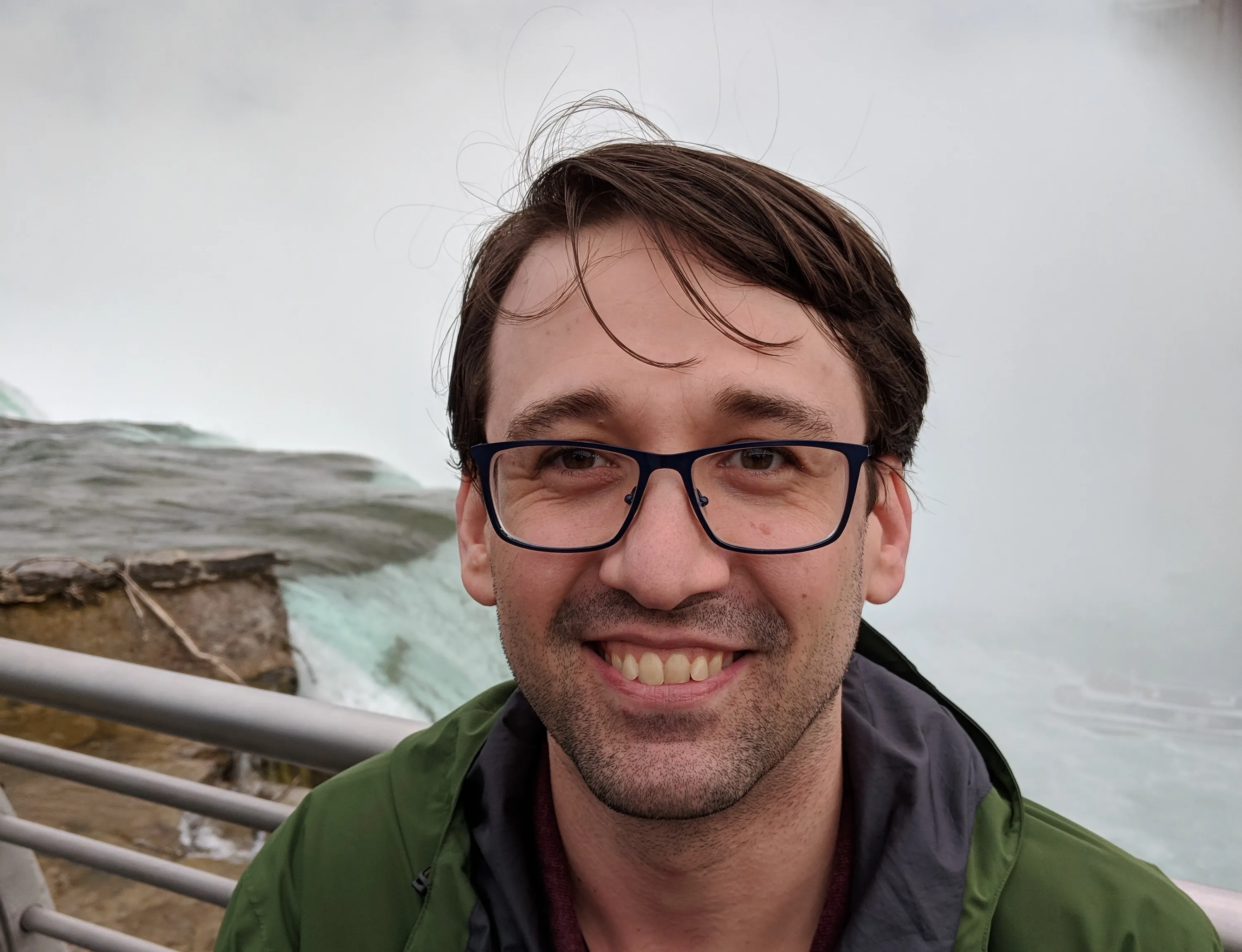
When I was a Protestant seminary student, I worked night shifts with a Mormon, who became a very close friend of mine. Somewhat amazingly (some might say providentially), he had an uncle who was a pastor of the same Presbyterian denomination as myself.
I asked my friend if he and his Presbyterian uncle ever had any religious conversations. He said no, not really, though his uncle had once given him a popular book articulating various Protestant teachings. I asked my friend what he thought of the book, and he replied that he was unimpressed — not so much with the book, but with his uncle’s approach. “He didn’t ask me to pray about what I read,” said my Mormon friend.
For those unfamiliar with the Church of Jesus Christ of Latter-day Saints (or LDS, for short), that response may seem unusual. Don’t the contents of the book matter more than the subjective way they are presented? Yet, as former LDS elder Jeremy Christiansen explains in his excellent religious memoir From the Susquehana to the Tiber, those who understand LDS teaching will not be surprised by my friend’s perspective.
“You don’t just believe Mormonism. You know it is true,” writes Christiansen. “You know that Mormonism is true with a level of epistemological certainty that is hard to describe to an outsider. This is what drives everything.” Both Mormons and prospective converts are told that if they sincerely ask in faith, the Holy Ghost will personally reveal to them, through some perceivable spiritual experience, that the Book of Mormon is true.
This is why my LDS friend was perturbed by his Presbyterian uncle’s attempt at evangelism. If that Protestant religious book was true, the best way to determine its truth would be to pray about it and wait for the promptings of the Holy Ghost.
No spiritual promptings, no truth.
Christiansen, now a Catholic, acknowledges this is an emotive, subjective experience. But the testimonial experience is central to LDS religion, not just at the time of one’s initial conversion, but throughout the Mormon’s life. “The central concept of Mormonism,” Christiansen explains, “is that these experiences will be ever present in your life, continually reaffirming that Mormonism is true.”
Indeed, individual LDS wards (relatively equivalent to a Catholic parish) have monthly “fast and testimony” meetings during which LDS members stand up and present their testimonies to the congregation. These usually involve reaffirmations that the Book of Mormon is true, that Joseph Smith was a prophet, etc. In each case, the emphasis is on how LDS members know, with every fiber of their being, that the essentials of the LDS religion are true.
Perhaps somewhat unusually for an evangelical-turned-Catholic, I’ve had a lot of close Mormon friends over the years. A Mormon friend helped me install hardwood flooring in my kitchen (in the middle of the day he offered his testimony and asked me to read the Book of Mormon and attend church with him). Mormon friends have hosted me for dinner with their families, babysat my children, and written positive Amazon reviews of my books.
Conversing with Mormon friends about their faith, I’ve learned a lot about their beliefs and practices, and developed quite an appreciation for their faith community, even if I think their teachings are erroneous. That’s why I think Christiansen’s book is so powerful: he offers an insiders’ perspective on LDS, of a young man who had what seemed like legitimate spiritual experiences, who suffered joyfully through a two-year mission in Argentina, and had every intention of living a faithful LDS life.
And yet, as Christiansen grew older and raised a family, he was plagued by doubts and questions about LDS teaching. Thank God, he encountered the claims of the Catholic Church — largely mediated through the witness of St. Thomas More and the early Church Fathers — so that his faith in Christ might be properly and fully realized. Many other Mormons, I’ve found, end up abandoning faith altogether, presuming that other religious traditions are built on as flimsy logical and ahistorical grounds as that of the Church of Jesus Christ of Latter-day Saints.
Christiansen does an excellent job of articulating those manifold problems. There’s the complete lack of historical evidence for anything described in the Book of Mormon as it pertains to North America, the many historical anachronisms contained in the book, and that the text bears a striking resemblance to the 1769 edition of the King James Bible. There’s the extensive documentation of Joseph Smith’s years spent as a village magician engaging in occult practices; he was even apprehended and put on trial in New York for these activities in 1826. And there’s the extensive historical evidence of Smith’s polyamorous activities: he married dozens of women between the ages of fourteen and fifty-six (this also, not surprisingly, got him in trouble with locals).
We could also mention LDS theological peculiarities. The flip side to the Mormon emotivist strain is an anti-intellectual fideism, which enables LDS members to reject critiques (like those listed above) by simply waving them off as evil attempts to defame a true prophet — doesn’t their personal testimony loom larger than such “evidence”? LDS teaching is also a modern manifestation of the ancient modalist heresy, in which God the Father and Jesus simply represent different “modes” of the divine, rather than the Niceno-Constantinopolitan trinitarian belief that God is three persons, one nature. There’s also the unseemly fact that the LDS long resisted abandoning polygamy, as it also resisted granting blacks access to the priesthood, because of a “direct commandment from the Lord,” according to one 1961 statement.
Over the years, I’ve raised many of these objections to my LDS friends. Perhaps my delivery hasn’t always been the best, but I’ve been surprised at how little traction they get. The reason for this ineffectiveness, I surmise, has to do with what Christiansen so ably articulates: the centrality of the Mormon testimony. It doesn’t matter how powerful your criticisms of Mormonism are, you still have to address that subjective, individual experience of religious conversion, which is reinforced on a regular, if not daily, basis.
For that reason, I’d like to offer a few suggestions for those interested and eager to engage with Mormons, whether they be friends, coworkers, or young missionaries arriving at your door. For starters, I’d recommend showing legitimate interest in trying to understand their faith — both their own individual story and also LDS teachings. And don’t try to immediately disprove them; just listen, ask follow-up questions and demonstrate you’re truly interested in them. Whenever LDS missionaries are in our neighborhood, my wife and I always invite them over for a meal; as Christiansen explains, the missionary life is a hard one, with few perks. A good meal can go a long way. They’ll ask to share their testimony, or perhaps a video. Let them.
If you’ve developed some rapport with your LDS interlocutor(s), share your own testimony. Emphasize the role of prayer and the Holy Spirit, as much as it is relevant with your own faith journey. But also emphasize the role of logic and reason, that Catholicism appeals not just to the heart, but to the mind, as well. The Church doesn’t shy away from its long and sometimes thorny past.
Occasionally, after sharing a short version of my testimony, I’ll ask them some version of the following question: “I firmly, strongly believe that God has helped me see that the Catholic Church is truly the Church that Jesus Christ founded. You firmly believe that church is the Church of Jesus Christ of Latter-day Saints. What happens when two well-meaning people who’ve both had spiritual experiences come to contradictory beliefs? How do we decide whose experience is more true?” I’ve never once gotten a satisfactory or remotely coherent answer to that question.
Of course, that’s not necessarily surprising. The LDS religion is, after all, a fideistic one, that implicitly allows for faith and reason to be in tension, if not open antagonism. No Mormon would ever admit that their religion is rationally incoherent and historically falsifiable, but they are effectively catechized to prioritize their individual subjective experience over logic and history.
For those LDS members, like Christiansen only a few years ago, who feel a certain unease with those logical or historical problems, my last piece of advice is quite simple: buy them this book. Or, if you’ve got the time, challenge them to read it if you agree to read the Book of Mormon. I have a feeling there’s a lot of Mormons out there who’ll benefit from Christiansen’s excellent testimony and clear critique of the LDS religion. Though perhaps that’s just my bosom-burning.
• Related at CWR: “To be deep in history is to cease to be Mormon: An interview with Jeremy Christiansen” (Dec 6, 2022) by Paul Senz
From the Susquehanna to the Tiber: A Memoir of Conversion from Mormonism to the Roman Catholic Church
By Jeremy Christiansen
Ignatius Press, 2022
Paperback, 260 pages
If you value the news and views Catholic World Report provides, please consider donating to support our efforts. Your contribution will help us continue to make CWR available to all readers worldwide for free, without a subscription. Thank you for your generosity!
Click here for more information on donating to CWR. Click here to sign up for our newsletter.












A fundamental shift away from reason and failure to ensure that one’s faith is consistent with reason, as characterizes the LDS approach, is at the heart of modernism. Modernists reject “man’s miserable intellect,” as Msgr. Ronald Knox put it, in favor of what Chesterton called the “inner light” and ends up being worship of one’s self, the doctrine that “might makes right”. This is why the First Vatican Council, the Oath Against Modernism, and, e.g., Humani Generis all declare that “Absolutely speaking, knowledge of God’s existence and of the natural law written in the hearts of all men may be kown by the force and lightof human reason alone.” (Humani Generis, § 2)
This does not mean that such things have been proved by reason, only that they can be; the Catholic Church makes no infallible declarations about science, even theology, only faith and morals. Faith applies to that which is not manifestly true (i.e., is not susceptible to proof). It goes beynd reason, it does not and cannot contradict reason, for truth, whether based on reason or faith, is a unity, and truth cannot contradict truth. As Heinrich Rommen, a student of Fr. Heinrich Pesch, S.J., noted in his book on the natural law, God can do anything that does not contradict His own nature, i.e., He can do anything except be “not-God.” A contradiction between faith and reason cannot, therefore, simply be dismissed. It must be examined and resolved.
Having left the LDS church after 30 years. I have come to realise that Mormonism is just
one interpretation of what God is, what he requires of us and how we should approach him. Sadly it took me such a long time to realise this.
I have encountered the same mentality in the Catholic charismatic movement. No matter how clearly you show them that they are wrong about charismatic phenomena in the Early Church, the origins of charismatic spirituality in the pentacostal Protestant churches, and the totally subjective and clearly heterodox nature of charismatic manifestations, they will still talk about how much the charismatic movement has enhanced their spiritual life and is, therefore, legitimate for that reason alone.
“No Mormon would ever admit that their religion is rationally incoherent and historically falsifiable, but they are effectively catechized to prioritize their individual subjective experience over logic and history.”
To an extent, this is also the case with other Protestant denominations. Only the true – religion – i.e. Catholic – is rationally coherent and historically provable.
I have been a member of the Church of Jesus Christ of Latter-day Saints for most of my life. I have also been a student of religion since my college days many decades ago. My faithful allegiance has been and always will be to our savior, Jesus Christ. He is my Lord and Master even as I am a broken, sinful man.
Jeremy Christiansen’s book should be applauded and recognized for one it is, one individual’s path of faith. The Catholic Church is and remains the largest Christian church in the world and for good reason. She is one of the oldest.
I don’t agree with some of Jeremy’s conclusions; his insistance on emotionalism versus an interaction through and with the Holy Spirit being the most significant. I am always reminded of the two disciples on the road to Emmaus, “Were not our hearts burning within us while he talked with us on the road and opened the Scriptures to us?” Too often I hear others belittle, chide, and demean this burning in the bosom. Brother Chalk being the most recent example of such.
For me, the biggest challenge to Catholicism is Pope Francis. As a student of history, there is much that would lead a man to Catholicism. However, when this pope speaks, I become more confused. There is an incongruence between what he says, and Tradition. It causes unending challenges.
Love others and let the Holy Spirit guide – that is the best advice for all who seek to share a testimony of Jesus Christ with others.
The similarities between Mormonism and Islam are legion. Chalk stresses the dense plausibility structure of the cult, which remind of Islam which regards itself very much as a culture apart from any deep dive into how faith and reason might cohere.
On this point, the difference between both natural religions and Christianity is that they are religions of belief (not faith), since faith is more than belief—that is, faith the incarnate person of Jesus Christ. A thousand years hence, we might be reading about Mormonism and Islam as opposite poles of a typology diverting from the Incarnation in opposite directions.
One, incidentally, on the Arabian frontier of the Byzantine/Persian spheres of influence, the other incidentally on the frontier of America in the New World. An interesting and symmetrical coincidence (only a coincidence), is that Islam has Mohammad being born in A.D. 570 with the later mission to convert the tribes of Arabia, while Mormonism has the American Indians as migrant descendants from the Israelite patriarch Lehi who arrived via Arabia to the New World in B.C. 590.
The more significant difference—and contrast—is that Mormonism regards even God as being naturally evolutionary, but just a bit farther along the trajectory than the rest of us. Nothing occurs outside the laws of nature. Fatalistic Islam is quite the opposite, with Allah as entirely inscrutable and with everything that happens or exists as directly by His hand, miraculous. Any autonomy outside of the autonomy of God is blasphemy. Yet, each is fideistic in its own way. Whereas, Christianity discerns the created universe as involving a contingent independence and, therefore, freed human thought to develop the realm of science without upsetting the pagan gods. The coherence of faith and reason and the story of the West until recently.
One direct connection between Mormonism and Islam, reportedly, is that Joseph Smith once remarked that he would “trample down our enemies and make it one gore of blood from the Rocky Mountains to the Atlantic Ocean . . . I will be to this generation a second Mohammed, whose motto in treating for peace was ‘the Alcoran or the Sword.’ So shall it eventually be with us—‘Joseph Smith or the Sword!’” (Fawn M. Brodie, “No Man Knows My History,” Alfred Knopf, 1995, p. 420). If true, perhaps the only such jihad-like anomaly in its unsafe history was the Mountain Meadows Massacre of 1857 (https://en.wikipedia.org/wiki/Mountain_Meadows_Massacre).
I wish I read this article a couple of months ago. I had Mormon missionaries over several times. One said over and over referring to the book of Mormon that ” I KNOW this is true!”. That was
disheartening to me because few things are as certain as the untruth of Mormonism. Anyway I did take them to Mass after going to the Mormon service. It seemed to me they were impervious to any idea that their beliefs were mistaken and they had very little historical knowledge. Mormon missionaries are really only kids, in this case 19 and 18 years old. I agreed to read the book of Mormon, but if only I had the book here mentioned. But would they have read it?
I grew up a Catholic in Utah. I came to understand very early on that you cannot offer an argument based in logic to someone who never employed logic to arrive at their conclusion in the first place. It’s futile. They have the “appearance” of many good things. In reality, their faith rests on the same old lie that seduced Eve “you shall be as God . . .” .
Mormonism is Jesus “hedging His bets”! Although He said things such as the gates of hell would not prevail against the Church and that He would be with His Apostles until the end of time, nonetheless, upon ascending to heaven, he took a westwood turn toward America and left the gold tablets for Joseph Smith to find and write the Book of Mormon and establish the Mormon church, because He knew that the Catholic Church would fail in less than 100 years after His ascension.
Sarcasm or just a fan of fairy tales?
“What happens when two well-meaning people who’ve both had spiritual experiences come to contradictory beliefs? How do we decide whose experience is more true? I’ve never once gotten a satisfactory or remotely coherent answer to that question.” Being a Catholic that lived for ten years in the theocratic state of Utah I can asure you that the LDS have what they belive to be a satisfactory answer to that question. Quite simply the Catholic Church has “spiritual experiences” that are based upon “Satanic aparitions” rather than true revelation, whilst the “True Church” (LDS) has revelation based upon legitimate divine intervention. When confronted with such mass evidence of God’s continued communication to man, such as Fatima, their reply is always the same: “Satanic aparitions!” The bigger the example of Gods communion with man the more plethoric are the actions of Satan in the world. Of course no evidence or analysis of the alleged Catholic Satanic aparations is ever given. The logic is dualist. Did it come from the LDS Church? No? Then it’s Satanic! It’s Us and Them. It is very hard to break thorugh this programmed mental paradigm. Don’t try. In Utah it can cost you your reputation and your job.